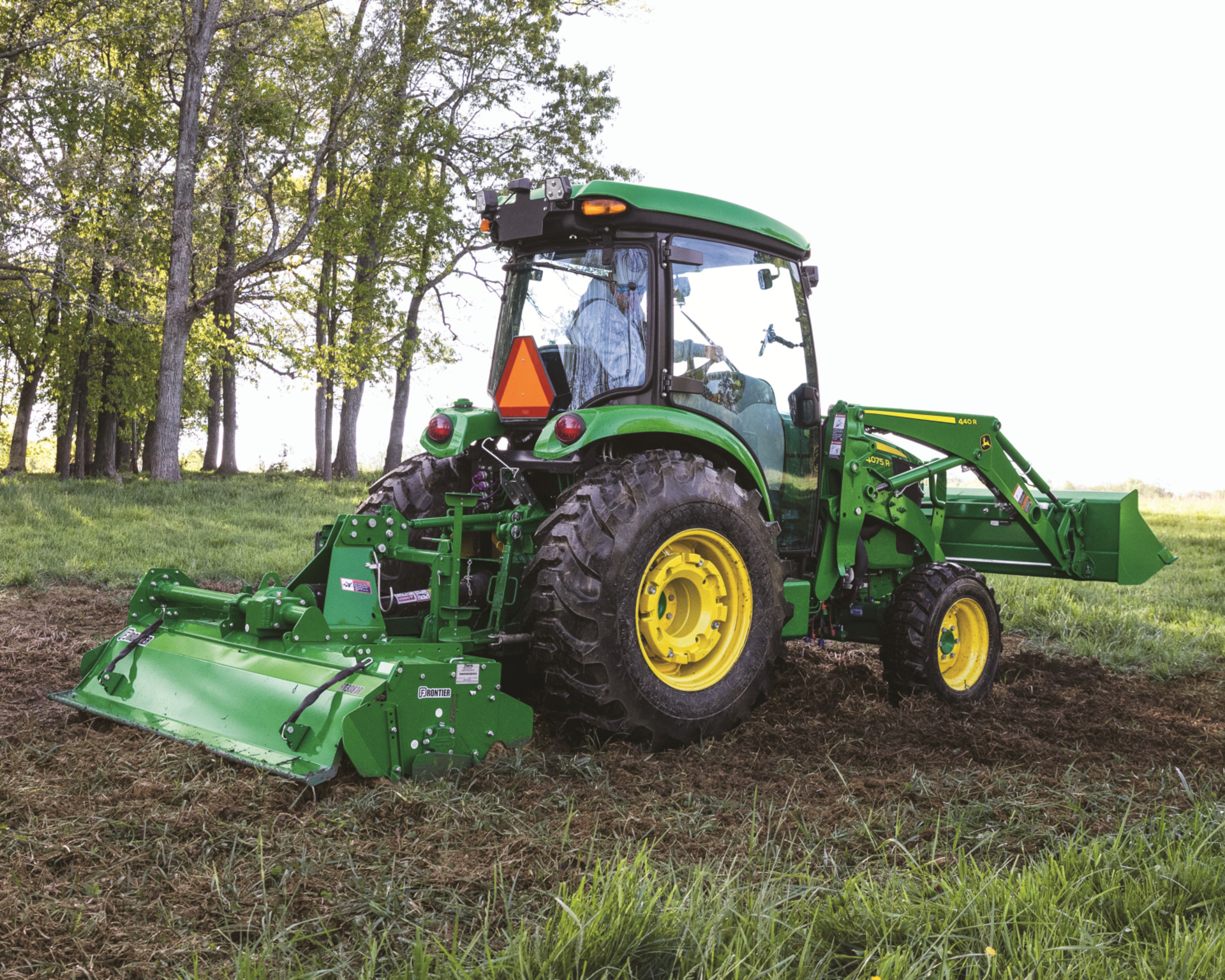
posted
on Wednesday, November 12, 2025
in
Dealer News
When cooler weather comes around, proper fall food plot prep is critical for Texas ranchers managing wildlife for hunting season as well as their livestock operations. Getting your plots established correctly now sets up success for the entire hunting season and provides valuable forage for your cattle through the winter months. At Tellus Equipment Solutions, we've seen how proper food plot management transforms ranch productivity across Texas. We want to help you get your land ready for the fall and winter seasons.
Every rancher knows that the cooler temperatures and increased moisture make fall the ideal time to establish plots that will thrive through winter. Let's look at the essential tips that will help your food plots deliver maximum results this season.
1. Choose the Right Seed Varieties for Texas Conditions
Texas food plots need seed varieties that can handle the unique climate challenges of the South. Cool-season crops like winter wheat, oats, and various clovers perform well in most Texas regions during fall and winter months. These varieties are easy to establish in cooler temperatures and provide a lot of good protein content for wildlife and livestock.
You also need to consider your region's rainfall patterns and soil type when selecting seeds. Hill Country ranches often see different moisture levels than South Texas properties, so matching seed varieties to your local conditions increases success rates significantly.
2. Prepare Your Soil Properly Before Planting Season

Soil preparation makes the difference between a thriving food plot and wasted seed. Start by testing your soil pH and nutrient levels at least six weeks before planting. Most food plot species prefer a pH between 6.0 and 7.0, and fall gives you time to adjust soil conditions if needed.
Your John Deere compact tractor handles the heavy lifting during soil prep. A box blade levels the ground and breaks up compacted areas, while a disc harrow creates the ideal seedbed texture. Remove existing vegetation completely before planting to reduce competition for your new seedlings. This groundwork takes extra time upfront, but you’ll be glad you put in the extra effort when it pays off with better germination rates and stronger plant growth!
3. Time Your Planting for Maximum Success
Timing is everything for fall planting. Timing your planting correctly gives your food plots the best chance to establish strong roots before winter arrives. In most of Texas, the ideal planting window is between mid-September and early November. North Texas ranchers should plant earlier in this window, while South Texas properties can wait until late October or early November.
Watch local weather patterns rather than relying solely on calendar dates. Plant after the first significant rain when soil moisture is high. Your seeds need consistent moisture during the first two weeks after planting to germinate properly. A cultipacker or roller on your tractor helps make sure good seed-to-soil contact. This improves seed germination rates dramatically.
4. Use Essential Equipment to Make Food Plot Work Faster

The right equipment turns food plot work from an all-day project into a quick operation. Here’s the equipment that makes the biggest difference on Texas ranches
- Compact Tractor with Loader: Moves seed, fertilizer, and soil around your property without breaking a sweat.
- Disc Harrow: Cuts through tough Texas soil and incorporates organic matter into your seedbed.
- Broadcast Seeder: Distributes seed evenly across plots, saving time compared to hand spreading.
- Grain Drill: Plants seeds in uniform rows at consistent depths for better germination and even crop growth.
- Cultipacker: Firms the seedbed and ensures proper seed depth for better germination.
- Box Blade or Rear Angle Blade: Levels the ground and creates smooth planting surfaces on uneven terrain.
These attachments can be found at one of our 25+ locations, or you can browse our current inventory online.
Explore Tractor Attachments
5. Maintain Your Plots Throughout the Growing Season
Food plots need attention after planting to reach their full potential. Monitor moisture levels during the first two weeks after seeding. This is one of the most critical times for seeds. If natural rainfall doesn't happen, additional watering may be necessary for smaller plots.
Keep an eye on weeds as your plots establish. Young seedlings struggle to compete with aggressive weeds, particularly in warmer fall periods. Spraying weeds before they create seed clusters reduces future problems. Your food plots will also benefit from rotational grazing if you're managing livestock, which prevents overgrazing and allows plants to recover between grazing periods.
Get Your Ranch Ready for Fall Food Plot Season
Quality food plots start with proper equipment and planning. Tellus Equipment Solutions stocks the John Deere compact tractors and implements that make food plot management easy work on Texas ranches. Our team understands the specific challenges of establishing plots in Texas conditions and can recommend the right equipment for your property size and goals.
Visit one of our convenient Texas locations across South Texas and Hill Country to discuss your food plot equipment needs. We'll help you select the right tractor and attachments that will serve your ranch for years to come!
Visit A Location
Contact Us
- attachments
- john deere
- ranch